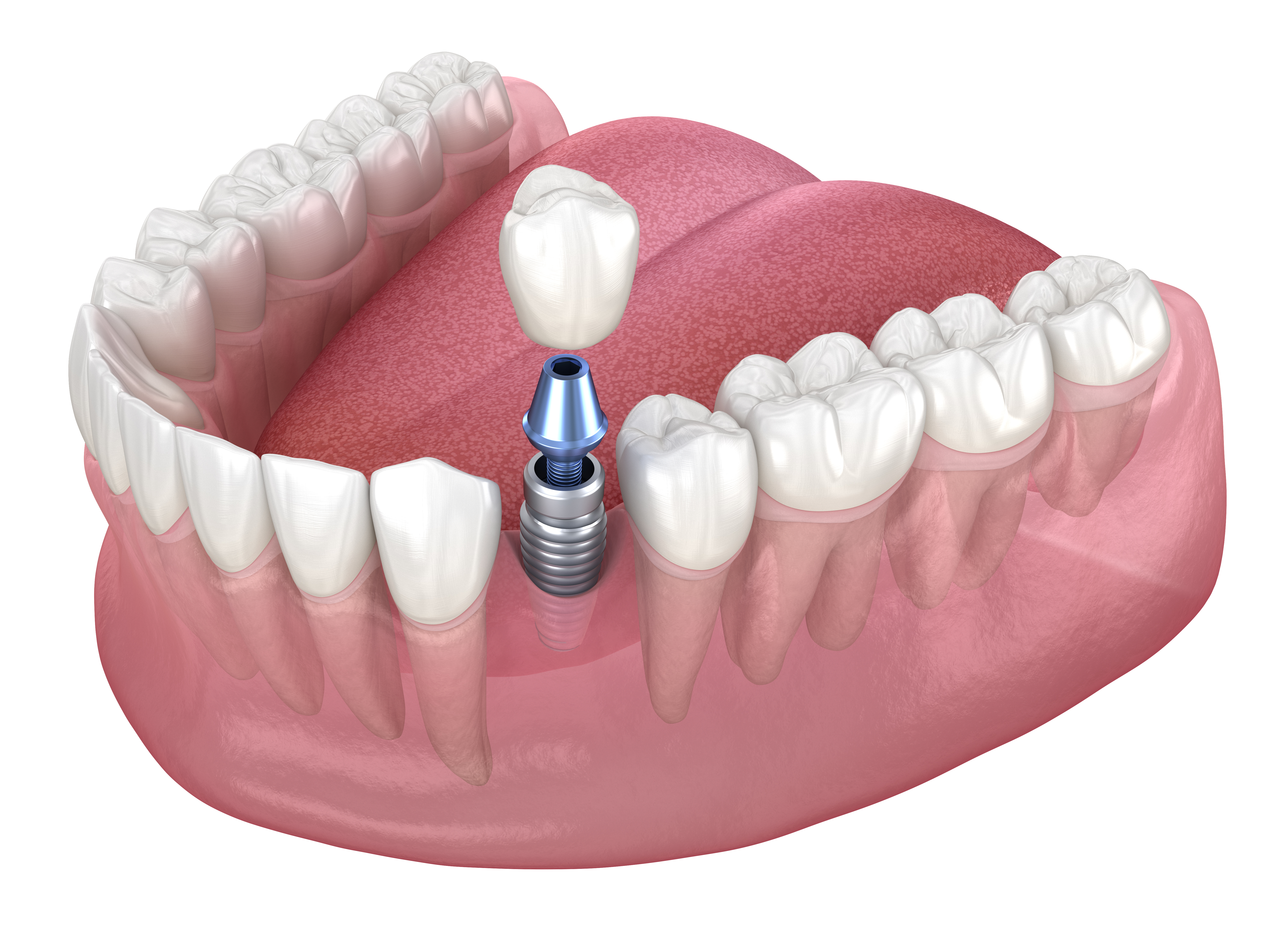Understanding the Costs of Screwless Dental Implants: What You Need to Know
Dental implants have revolutionized tooth replacement options, providing patients with permanent solutions that look and function like natural teeth. Among the innovations in this field, screwless dental implants have gained attention for their unique approach to securing artificial teeth. As patients consider this option, understanding the associated costs becomes crucial for making informed decisions. This article examines the financial aspects of screwless dental implants in the UK, breaking down the factors that influence pricing and helping patients evaluate their investment in long-term oral health.

How Do Screwless Dental Implants Work?
Screwless dental implants represent an innovative approach to tooth replacement that eliminates the need for traditional screws to secure the prosthetic tooth. Unlike conventional implants that use screws to attach the crown to the implant base, screwless systems utilize friction-fit or snap-in mechanisms. These systems typically consist of a titanium post surgically placed in the jawbone, which then osseointegrates (fuses with the bone). Once healing is complete, the prosthetic tooth is attached using specialized connections that create a secure fit without screws. This design reduces potential weak points in the structure and can simplify the attachment process. The absence of screws can also eliminate micro-gaps that might harbor bacteria, potentially improving long-term outcomes.
Screwless vs Traditional Dental Implants
Traditional dental implants typically use a three-part system: the implant fixture (embedded in the jawbone), an abutment (connecting piece), and the crown (visible tooth). These components are secured together using small screws. Screwless systems, by contrast, eliminate this mechanical fastening method in favor of precision-engineered connections that lock together through friction or snapping mechanisms. The screwless approach offers several potential advantages, including reduced risk of screw loosening over time, fewer mechanical complications, and sometimes a more streamlined treatment process. However, traditional screw-retained implants have a longer clinical track record and may be more suitable for certain clinical situations, particularly when future removal might be necessary for maintenance.
Cost of Screwless Implants in UK
Screwless dental implants in the UK typically range from £1,800 to £3,500 per tooth, depending on various factors including geographic location, dentist expertise, and the specific system used. This price usually covers the complete treatment process, including initial consultation, implant placement surgery, healing period monitoring, and the final prosthetic attachment. More complex cases requiring additional procedures like bone grafting or sinus lifts may incur extra costs, potentially increasing the total investment by £500 to £2,000. Many dental practices offer payment plans to make these treatments more accessible, spreading costs over 12 to 60 months, though interest rates vary significantly between providers.
Comparing Screwless Implant Choices in the UK
Several screwless implant systems are available in the UK market, each with unique features and pricing structures. Understanding these options can help patients make more informed decisions about their dental care investments.
| Implant System | Average UK Cost (Per Tooth) | Key Features | Warranty Period |
|---|---|---|---|
| Nobel Biocare Conical Connection | £2,200 - £3,000 | Color-coded components, high stability | 5-10 years |
| Straumann BLX | £2,500 - £3,500 | Roxolid material, one-stage protocol | Lifetime (implant) |
| Ankylos | £2,000 - £2,800 | Tissue-sparing design, high aesthetic outcomes | 5 years |
| Astra Tech EV | £2,300 - £3,200 | OsseoSpeed surface technology | 10 years |
| Bicon Short Implants | £1,800 - £2,600 | Ultra-short options for limited bone height | 5 years |
Prices, rates, or cost estimates mentioned in this article are based on the latest available information but may change over time. Independent research is advised before making financial decisions.
Factors Affecting the Total Cost
Multiple variables influence the final cost of screwless dental implant treatment. The geographic location plays a significant role, with London and Southeast England typically commanding higher prices than practices in the North or Wales. The dentist’s experience and qualifications also impact pricing, with specialists and implantologists with advanced certifications often charging premium rates. Additional procedures such as tooth extraction, bone grafting, or temporary prosthetics add to the overall investment. The complexity of the case matters significantly—straightforward single-tooth replacements cost less than multiple implants or full-arch reconstructions. Materials used for the final crown (porcelain, zirconia, or metal-ceramic) also affect pricing. Finally, the technology employed during treatment, such as computer-guided implant placement or digital scanning, can influence the total cost while potentially improving outcomes.
Long-term Value Considerations
When evaluating the cost of screwless dental implants, considering their long-term value provides important context. While the initial investment may seem substantial compared to alternatives like dentures or bridges, implants often prove more economical over time. Traditional bridges typically need replacement every 5-10 years, while high-quality implants can last 25+ years with proper care. Screwless designs may offer additional longevity by eliminating potential failure points like screw loosening or fracture. The preservation of jawbone health represents another significant long-term benefit, as implants help prevent the bone resorption that occurs with tooth loss. This preservation maintains facial structure and can prevent the aged appearance that often accompanies bone loss. Additionally, implants eliminate the ongoing maintenance costs associated with removable options, such as adhesives, cleaning solutions, and frequent adjustments.
This article is for informational purposes only and should not be considered medical advice. Please consult a qualified healthcare professional for personalized guidance and treatment.




